Articles
Artist Of The Month
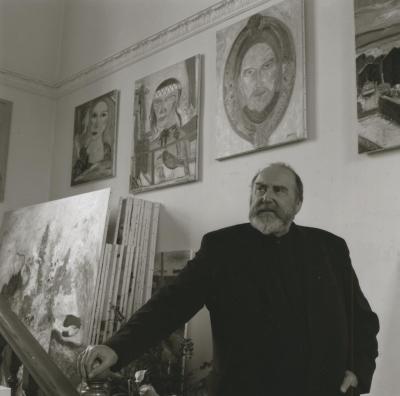
Our Collection
> 6 years ago
Artist of the month: August 2016
During his lifetime, John Bellany RA contributed to a renaissance in the Scottish arts.

Our Collection
> 6 years ago
Artist of the month: July 2016
A French-born painter famed for his detailed naval scenes, the artist had an adventurous early life, before returning to England in the 1750s to embark upon a successful artistic career and become a founding member of the Royal Academy in 1768.

Our Collection
< 7 years ago
Artist of the month: June 2016
This month sees the opening of the first retrospective of Bill Jacklin RA’s graphic work, tracing his career from his student days at Walthamstow School of Art in the early 1960s to his latest monotypes, created at the beginning of this year.

Our Collection
< 7 years ago
Artist of the month: May 2016
Augustus Leopold Egg was a talented painter and generous mentor, known for his atmospheric treatment of literary and historical subjects. To mark 200 years since his birth, we take a look at his life and work.
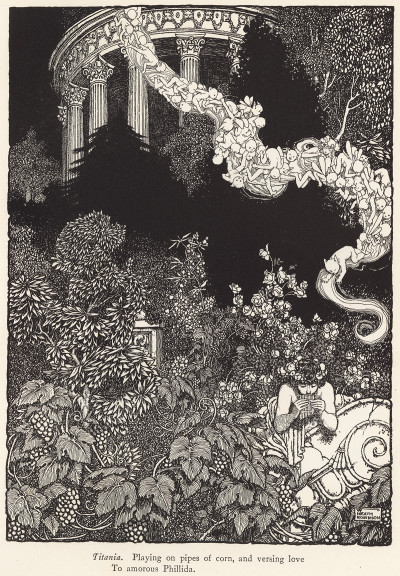
Our Collection
< 7 years ago
Artist of the month: April 2016
William Heath Robinson was an illustrator of enormous range and charm. As the RA Library Print Room presents his evocative book illustrations, curator Amanda-Jane Doran takes a look at his life and work.
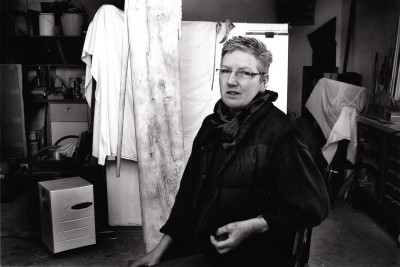
Our Collection
7 years ago
Artist of the month: March 2016
As her new series of drawings goes on display at the RA, we take a look at the life and work of one of Britain’s best abstract sculptors.
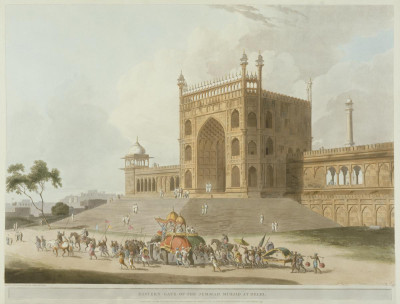
Our Collection
7 years ago
Artist of the month: February 2016
Thomas Daniell RA is best known for his images of the Indian subcontinent. More widely travelled than any of his colonial artist counterparts, he earned the nickname of “artist-adventurer”.
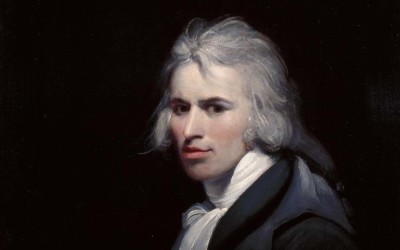
Our Collection
7 years ago
Artist of the month: January 2016
Alongside an illustrious career exhibiting at the Royal Academy, Richard Westall RA was the drawing master to a young Princess Victoria, soon to be Queen.
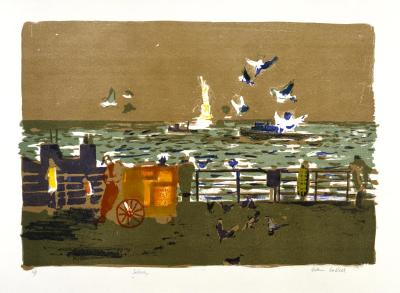
Our Collection
> 7 years ago
Artist of the month: December 2015
Edwin La Dell is best known for his printmaking, in particular lithography, which he was a major exponent for in post-1945 British art.
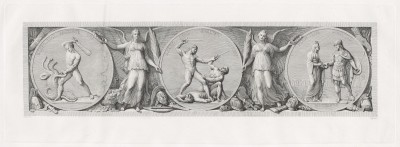
Our Collection
> 7 years ago
Artist of the month: November 2015
Andrea Appiani is Lombardy’s most accomplished and well-known neoclassical painter, distinguished particularly in his production of frescoes.
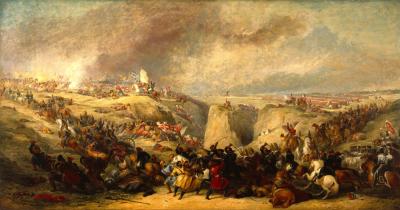
Our Collection
> 7 years ago
Artist of the month: October 2015
Known as ‘Captain Jones’ by his contemporaries, George Jones RA maintained loyalty throughout his life to his two passions, the Royal Academy and the Army.
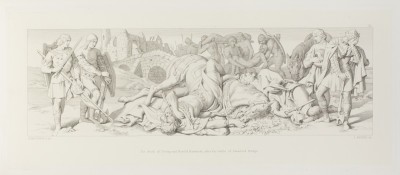
RA Exhibitions
> 7 years ago
Artist of the month: September 2015
As the extraordinary Waterloo cartoon goes on display at the RA, we take a look at the other works of Daniel Maclise in the RA Collection.
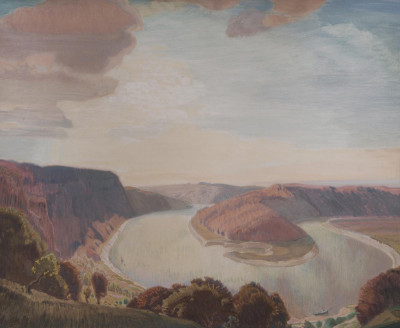
Our Collection
> 7 years ago
Artist of the month: August 2015
A prominent member of ‘The Birmingham Group’, Charles Gere RA was inspired by the medieval period and lead the revival of tempera painting.

Our Collection
> 7 years ago
Artist of the month: July 2015
On the 100th anniversary of his death, we explore the work of one of the most important artists in the resurgence of the decorative arts in Britain.

Our Collection
< 8 years ago
Artist of the month: June 2015
This year marks the 200th anniversary of Alfred Elmore RA’s birth, an artist who continually explored theatrical and historical scenes.
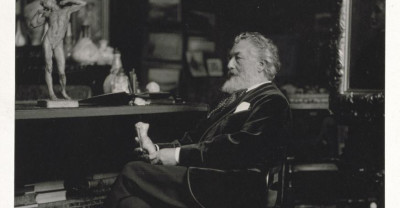
Our Collection
< 8 years ago
Artist of the month: May 2015
From a Continental training, Lord Leighton had a mixed reception in Britain, but went on to be President of the RA.
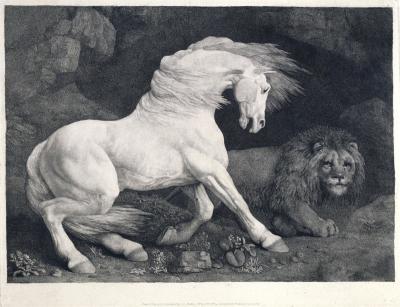
Our Collection
< 8 years ago
Artist of the month: April 2015
Today, George Stubbs ARA is best known as a painter of horses. His depictions of famous racehorses and the English sporting and country life have established him as one of the eminent British painters of the eighteenth-century.
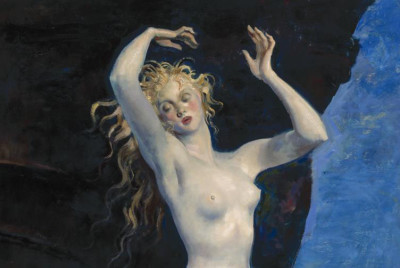
Our Collection
< 8 years ago
Object of the month: April 2015
In this painting, A.K. Lawrence RA captures the mythical figure of Persephone escaping from the cavernous Underworld and dancing into the light, heralding the arrival of spring.

Our Collection
8 years ago
Artist of the month: March 2015
A key figure in the revival of line engraving in the 1920s, Stanley Anderson RA (1884–1966) is best known for his series of prints memorialising England’s vanishing rural crafts.
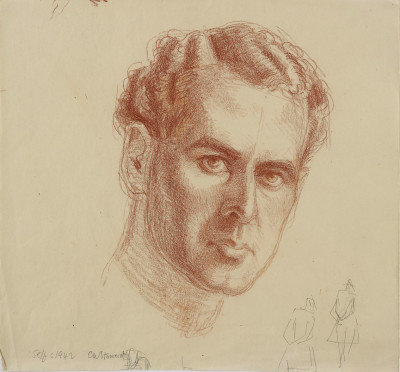
Our Collection
8 years ago
Artist of the month: February 2015
The illustrator Charles Stewart’s preoccupation with the past suggests he lead an unusual life.
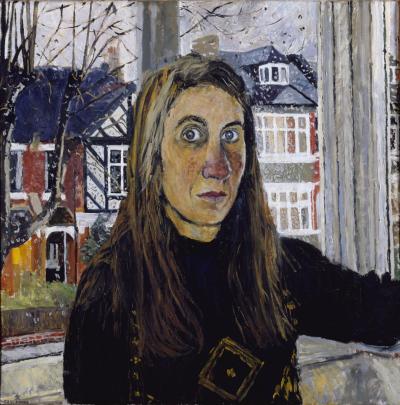
Our Collection
8 years ago
Artist of the Month: January 2015
Jean Cooke RA has explored her own image through self-portraiture over many years, including painting herself wearing a heavy brass fireman’s helmet.
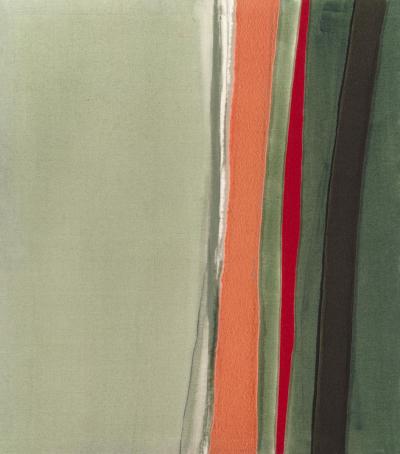
Our Collection
8 years ago
Artist of the Month: December 2014
Sandra Blow RA created “thrilling harmonies” with bold colours and abstract compositions inspired by the Kent countryside and trips to Rome and St Ives.
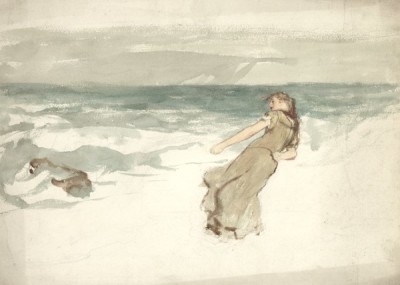
Our Collection
> 8 years ago
Artist of the month: November 2014
Though famous for his vignettes of high society in elegant interior settings, perhaps the most enduring of William Quiller Orchardson RA’s works is of his daughter on a billowy cliff walk.
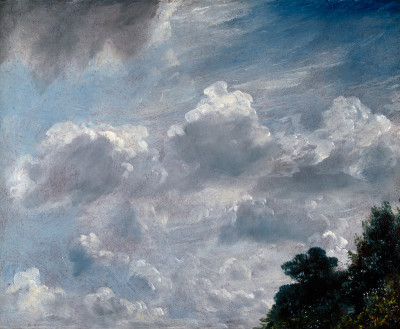
Our Collection
> 8 years ago
Artist of the month: October 2014
Inspired by nature, John Constable RA brought landscape art into the public eye at a time when portraiture and historical subjects were much more widely esteemed.
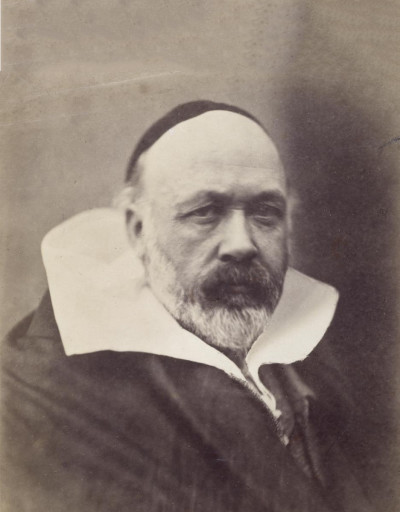
Our Collection
> 8 years ago
Artist of the month: September 2014
A student at the RA schools, John Phillip RA’s association with the Royal Academy began at a young age, stowing away on a ship from Aberdeen to London to visit the Royal Academy Exhibition.
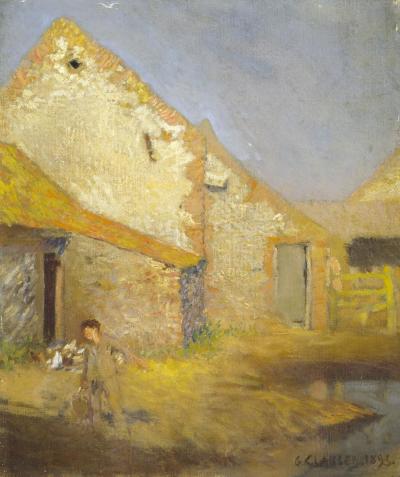
Our Collection
> 8 years ago
Artist of the Month: August 2014
George Clausen is remembered for the range of his remarkable accomplishments, both as an artist and as a dedicated Member of the RA.
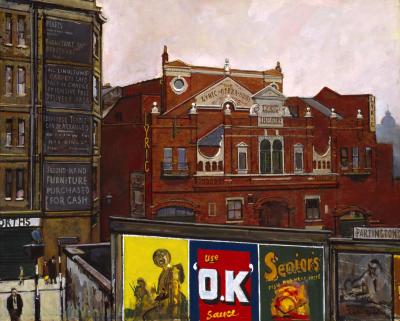
Our Collection
> 8 years ago
Artist of the Month: July 2014
As a flamboyantly self-styled “working-class cockney”, Ruskin Spear RA found subjects for painting in the pubs, snooker halls and streets of Hammersmith, Fulham, Shepherd’s Bush and Chiswick.
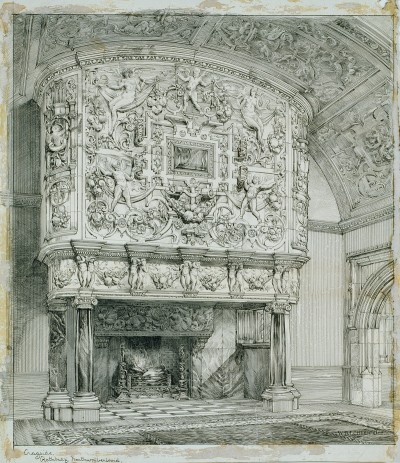
Our Collection
> 8 years ago
Artist of the Month: June 2014
The works of the architect, and subject of our ‘Dream, Draw, Work’ exhibition, recall the now rare traditional skills and techniques of architectural design, from working drawings to beautiful ink drawings.
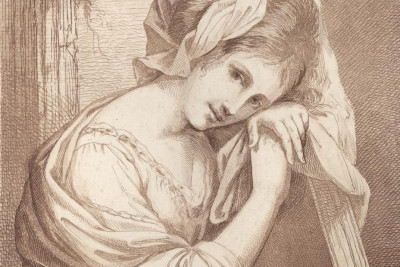
Our Collection
< 9 years ago
Artist of the Month: May 2014
Child prodigy Angelica Kauffman went on to be a founder-member of the Royal Academy. Her paintings and drawings were widely reproduced and were particularly popular in England, often being used in interior decorations.
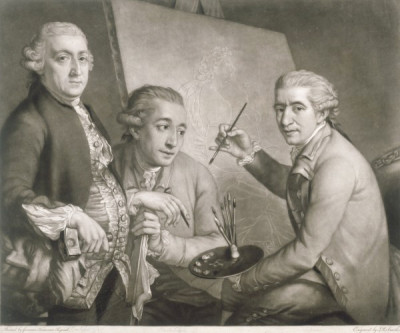
Our Collection
< 9 years ago
Artist of the Month: April 2014
Born in Florence, Italy, the son of a goldsmith, Bartolozzi trained with his father before enrolling at the Florentine academy in 1742.
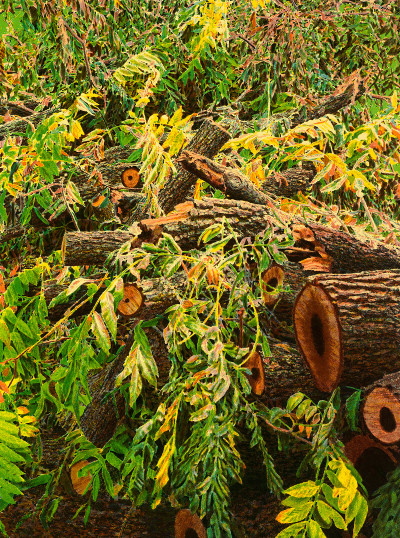
Our Collection
9 years ago
Artist of the Month: March 2014
Born in Bradford in 1937, Norman Stevens enrolled at the city’s art school to study painting aged only 15.
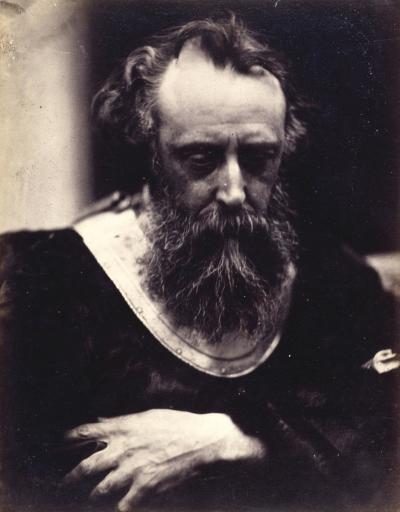
Our Collection
9 years ago
Artist of the month: February 2014
George Frederic Watts RA was an influential and pre-eminent painter during his own lifetime. He became known for his portraiture and his Symbolist allegorical paintings, frequently depicting scenes from mythology, history, literature, and the Bible.
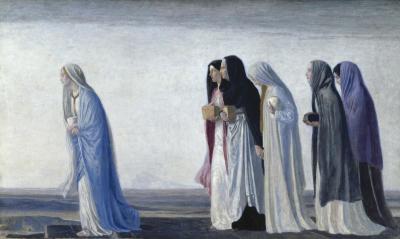
Our Collection
9 years ago
Artist of the month: January 2014
Robert Anning Bell presented ‘The Women Going to the Sepulchre’ to the Royal Academy as his diploma work on his election as a Royal Academician in 1922.